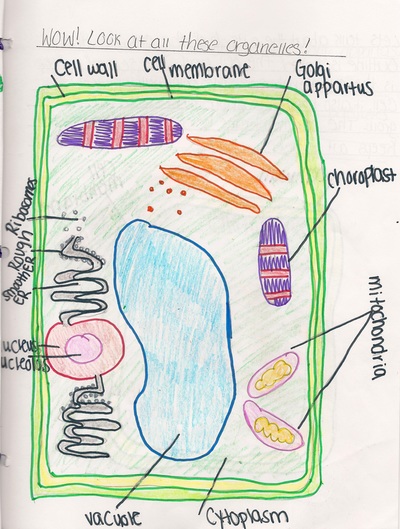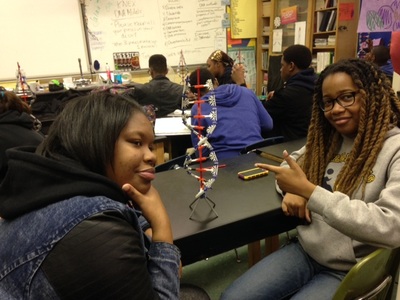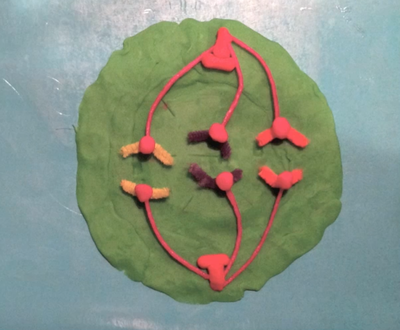|
Valerie Metzler's Inquiry of applied science learning |
Applying content through
the creation of models

Vavra, et al. (2011) emphasize the importance of visualizations in education, contending that the combination of visual and linguistic information "provides dual support for learning and knowledge acquisition" (p. 23). Using support for the dual-coding theory (DCT), Vavra, et al. (2011) state that "visualization can be used to enhance knowledge and understanding" (p. 23).
A common shortcoming of the use of visualizations is the difficulty many students have interpreting the meaning of the model. However, the model projects shown here require students to create their own model and description, pairing content with the models and helping students understand the use of models and visualizations (Vavra, et al. 2011). |
Visualizations in science "provide a means for transforming, representing and communicating the essential functions and features of complex scientific concepts" (Vavra, et al., 2011, p. 27). Vavra, et al. (2011) want students to be able to create their own visualizations in order to strengthen their visuo-spatial skills to understand the dimensions, shape, and motion of the scientific concepts.
These three examples of modeling not only require students to observe and interact with a model, but also require students to create their own model of a system (cell), process (mitosis), or structure (DNA or cell) at the cellular and/or molecular level. Fourteen out of twenty three students (61%) seem to agree with Vavra, et al., saying they have learned the most content from one of the three modeling activities shown above (click here to see the survey).
These three examples of modeling not only require students to observe and interact with a model, but also require students to create their own model of a system (cell), process (mitosis), or structure (DNA or cell) at the cellular and/or molecular level. Fourteen out of twenty three students (61%) seem to agree with Vavra, et al., saying they have learned the most content from one of the three modeling activities shown above (click here to see the survey).



